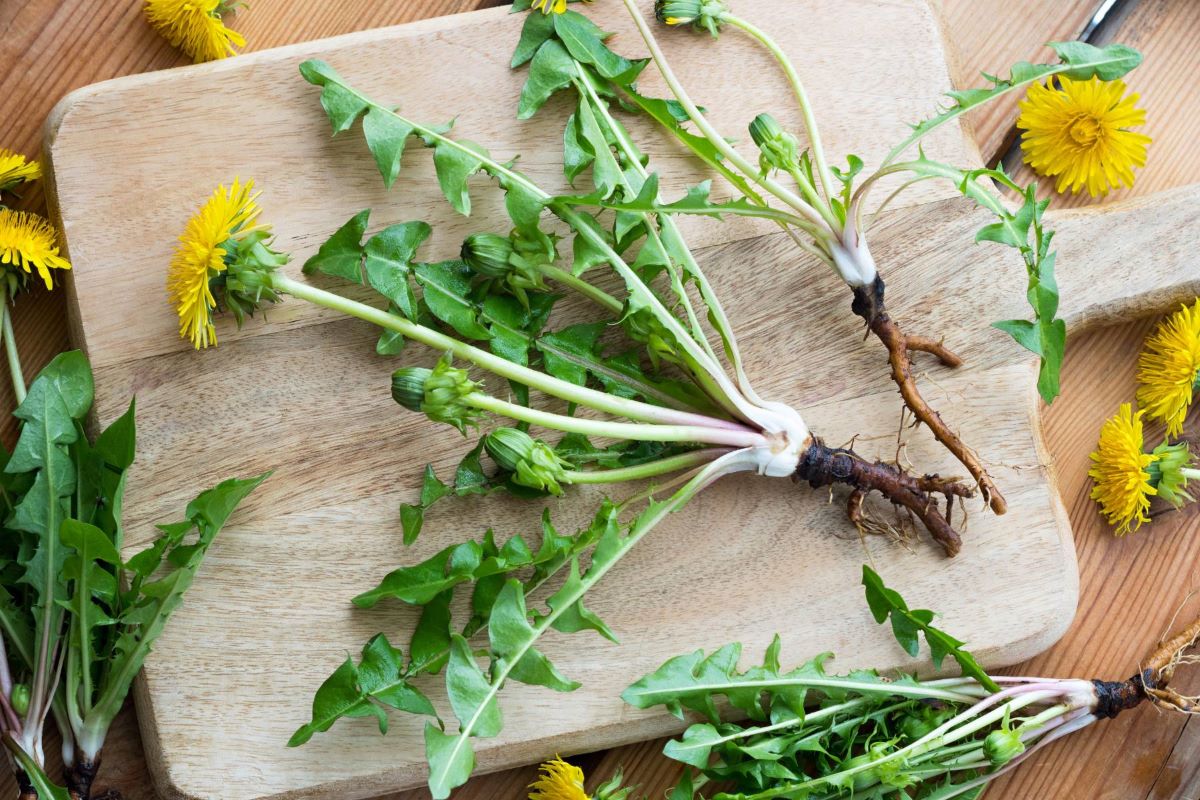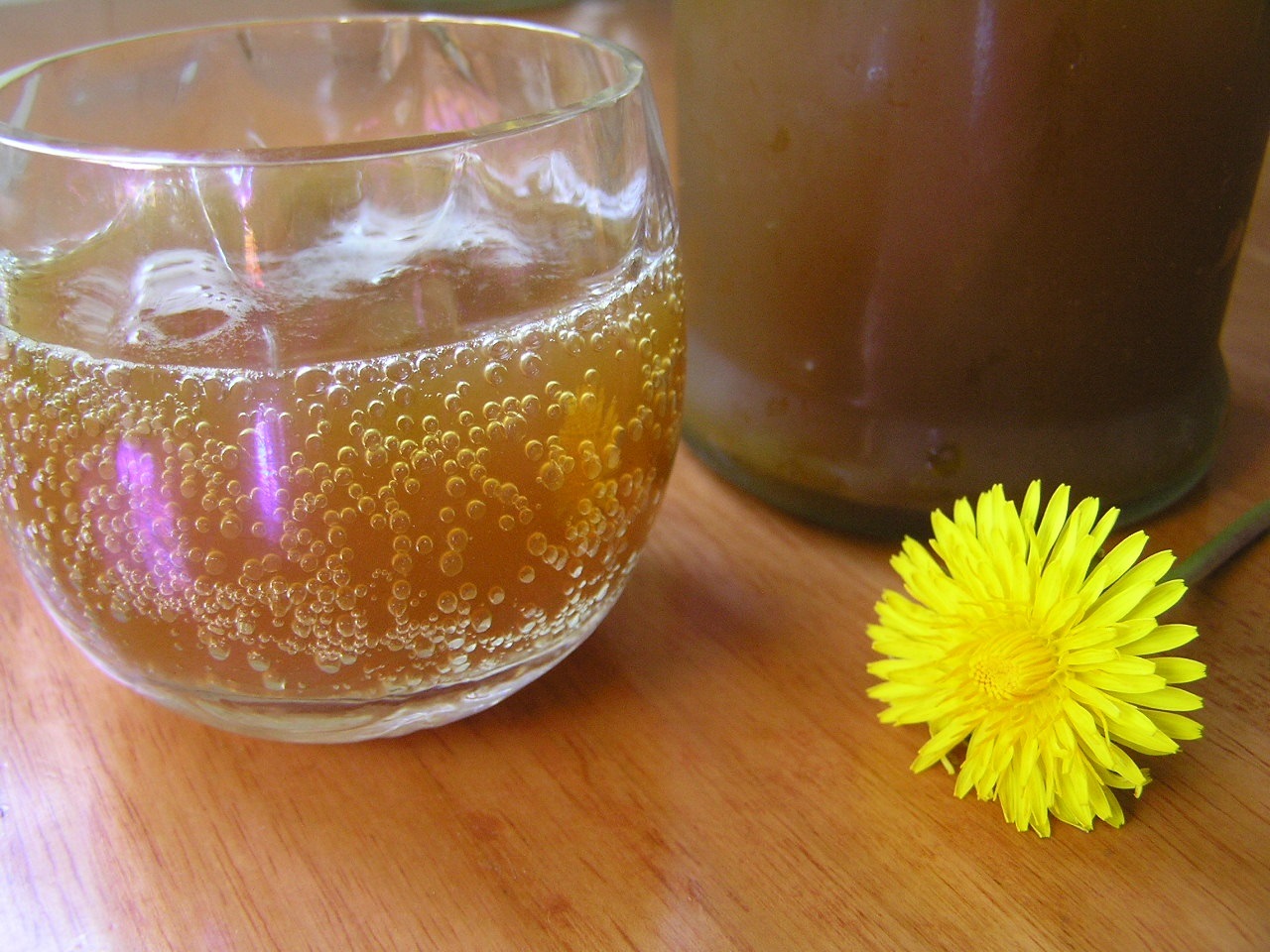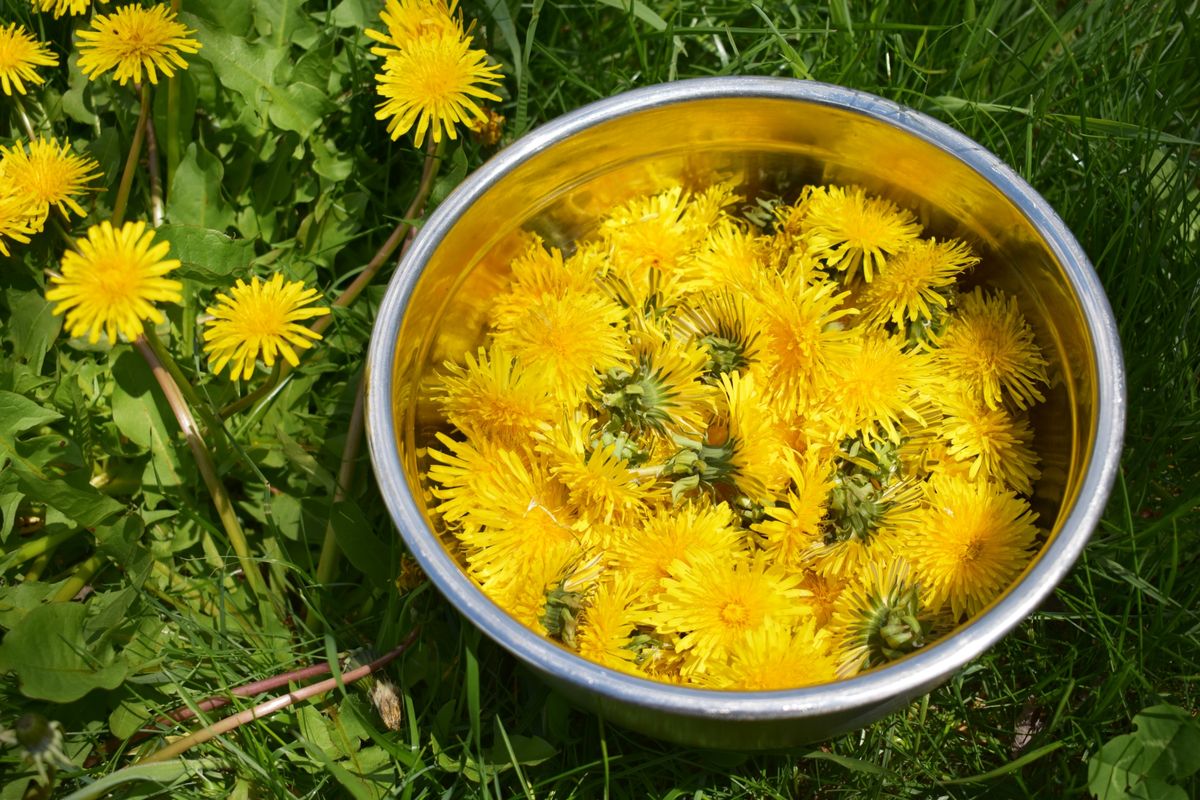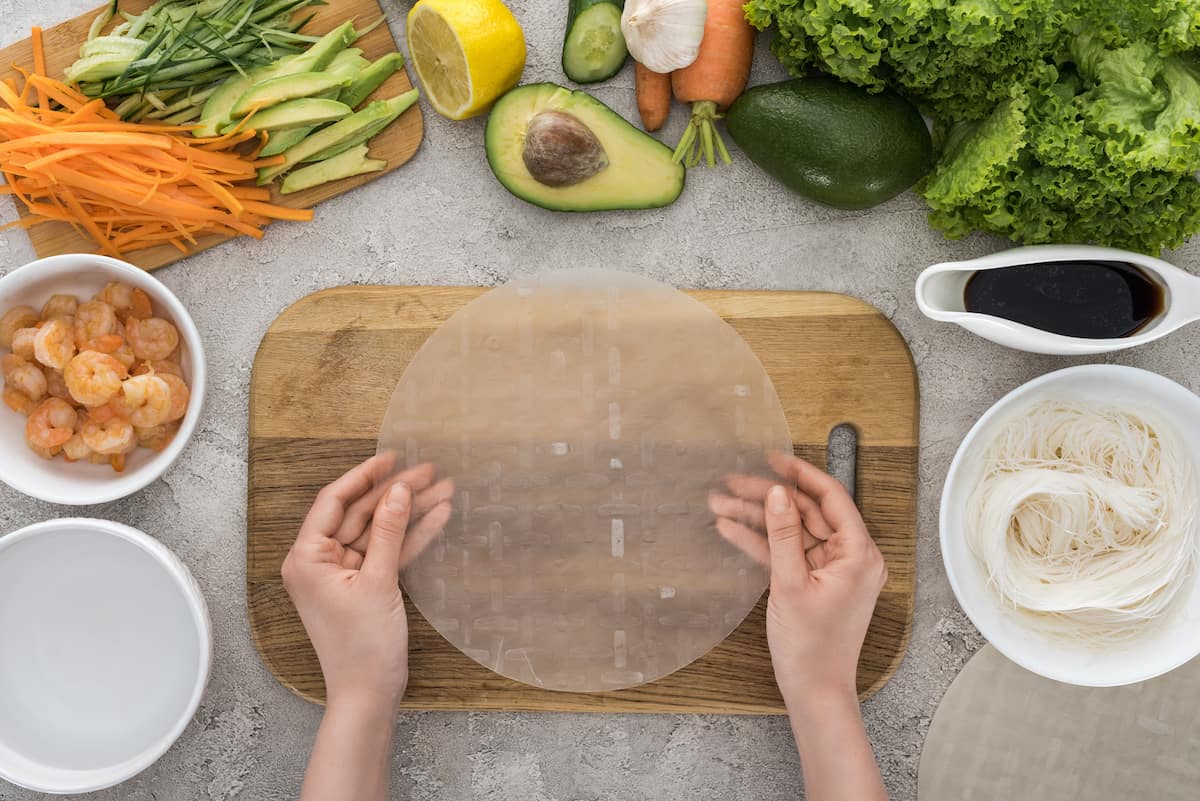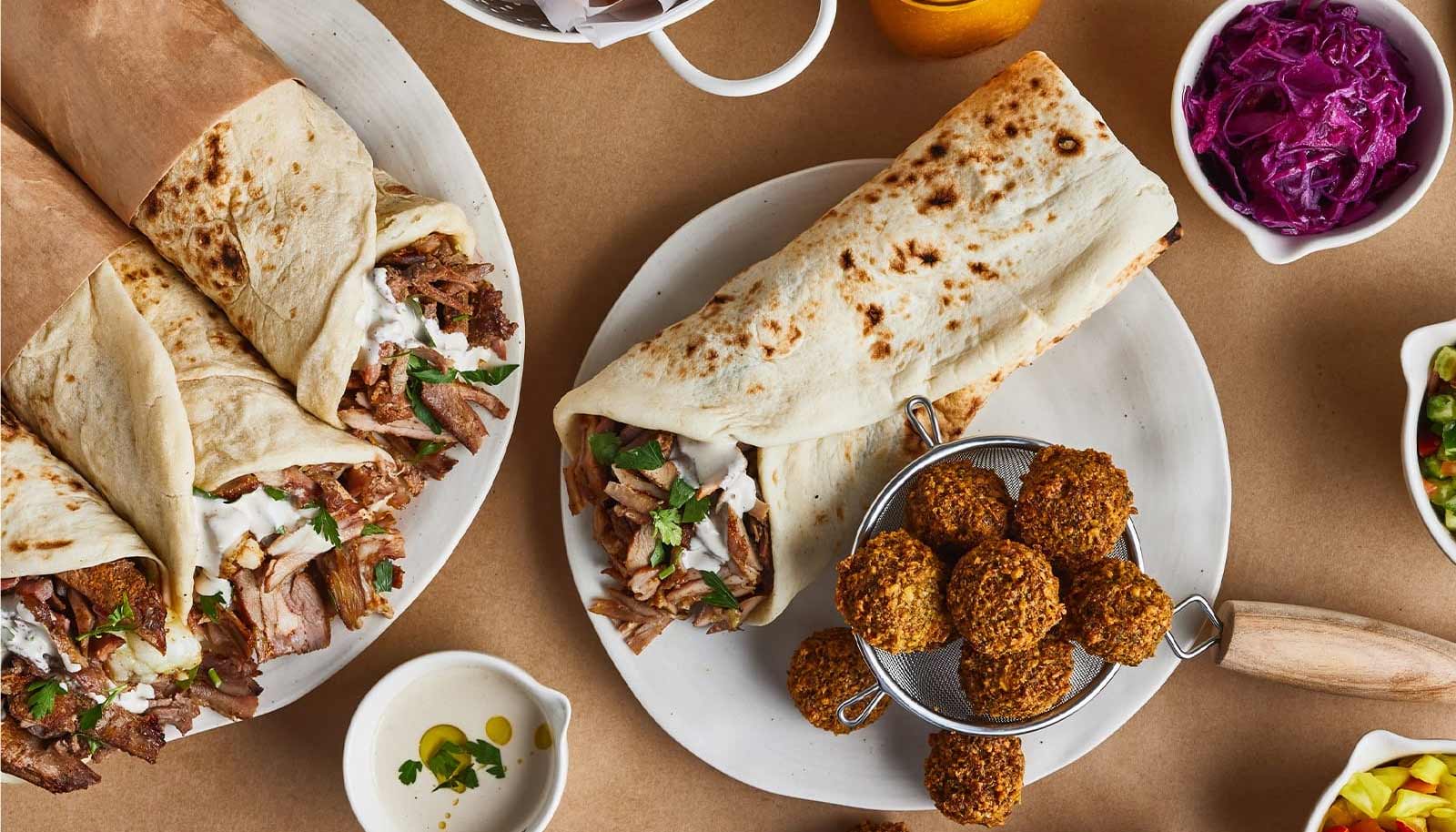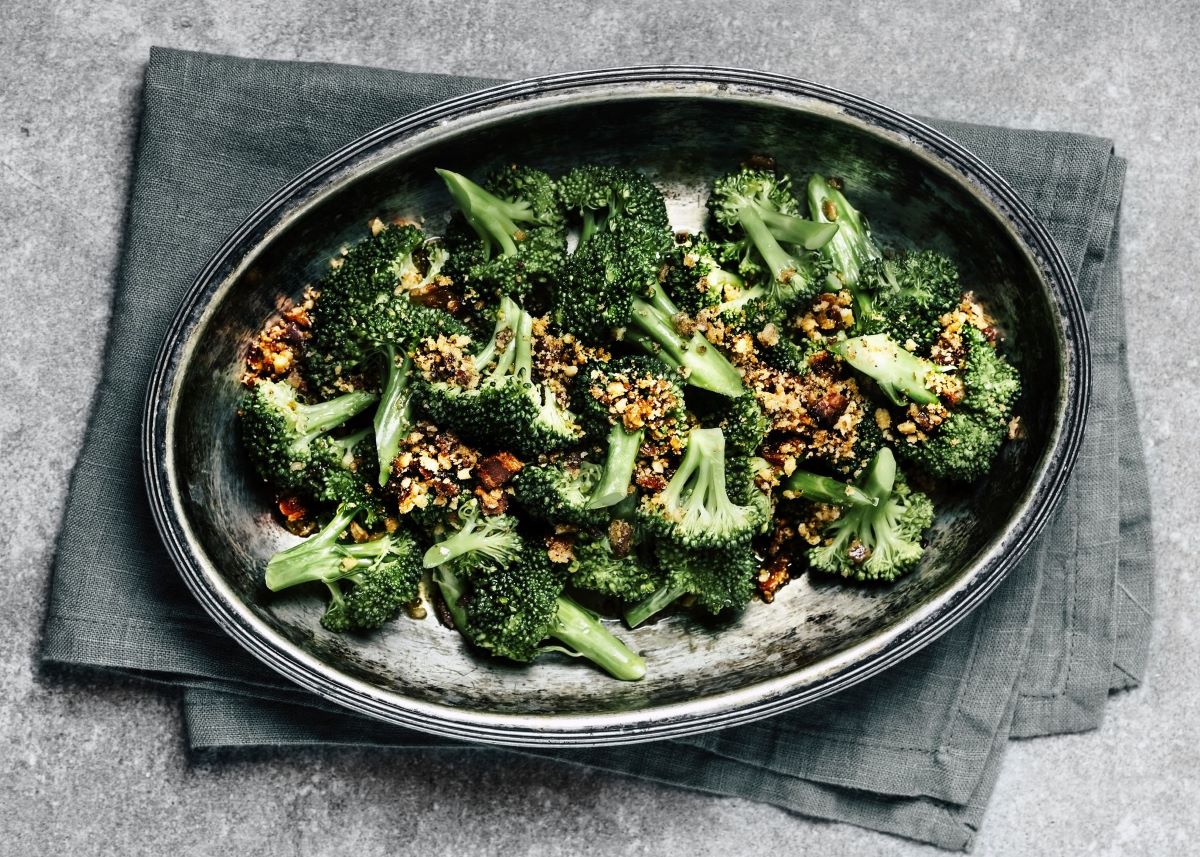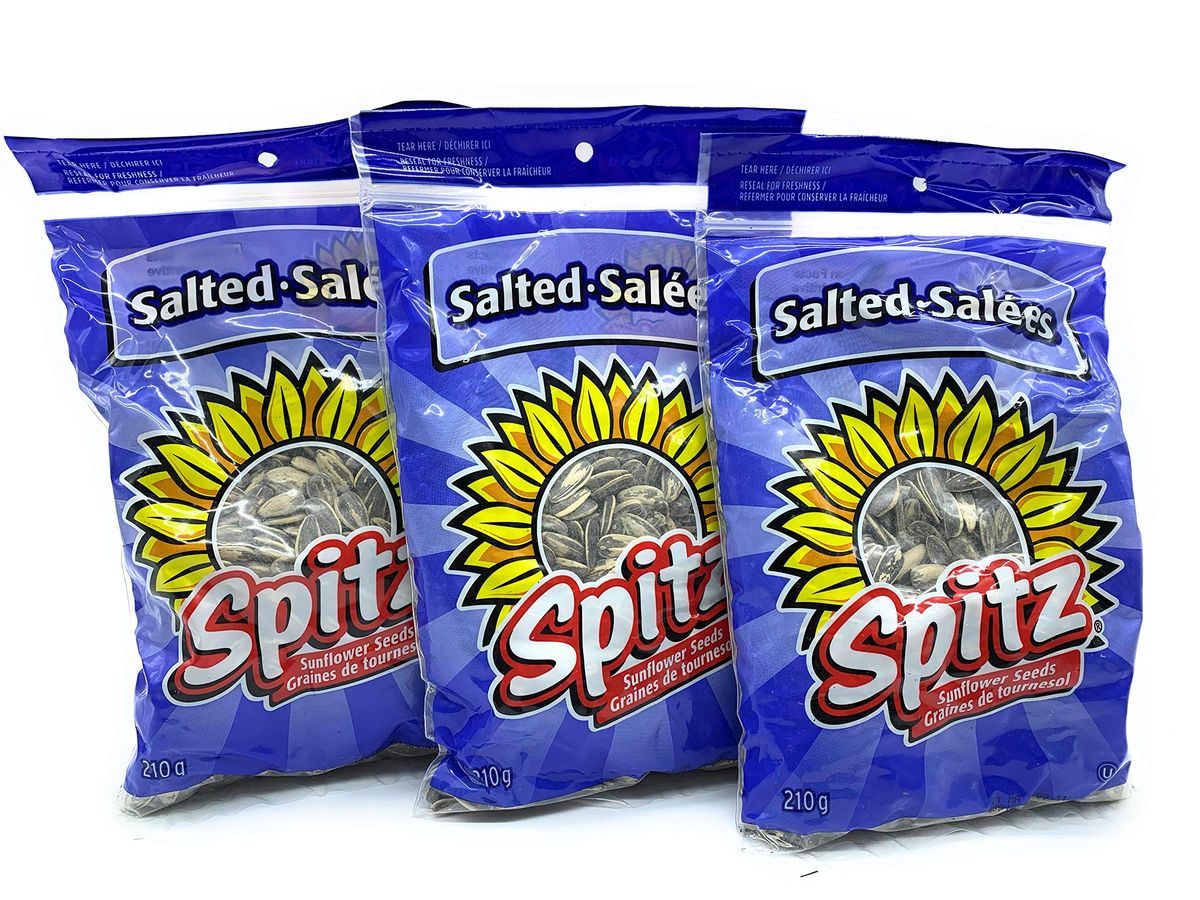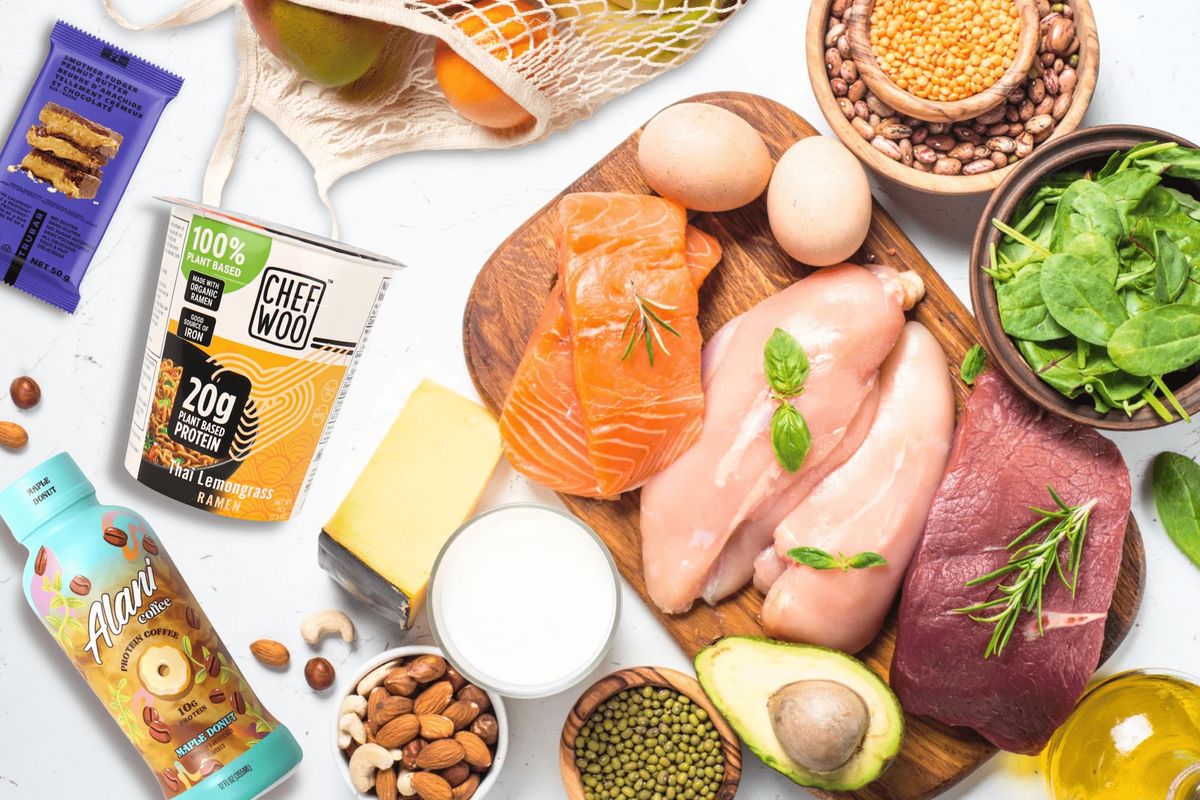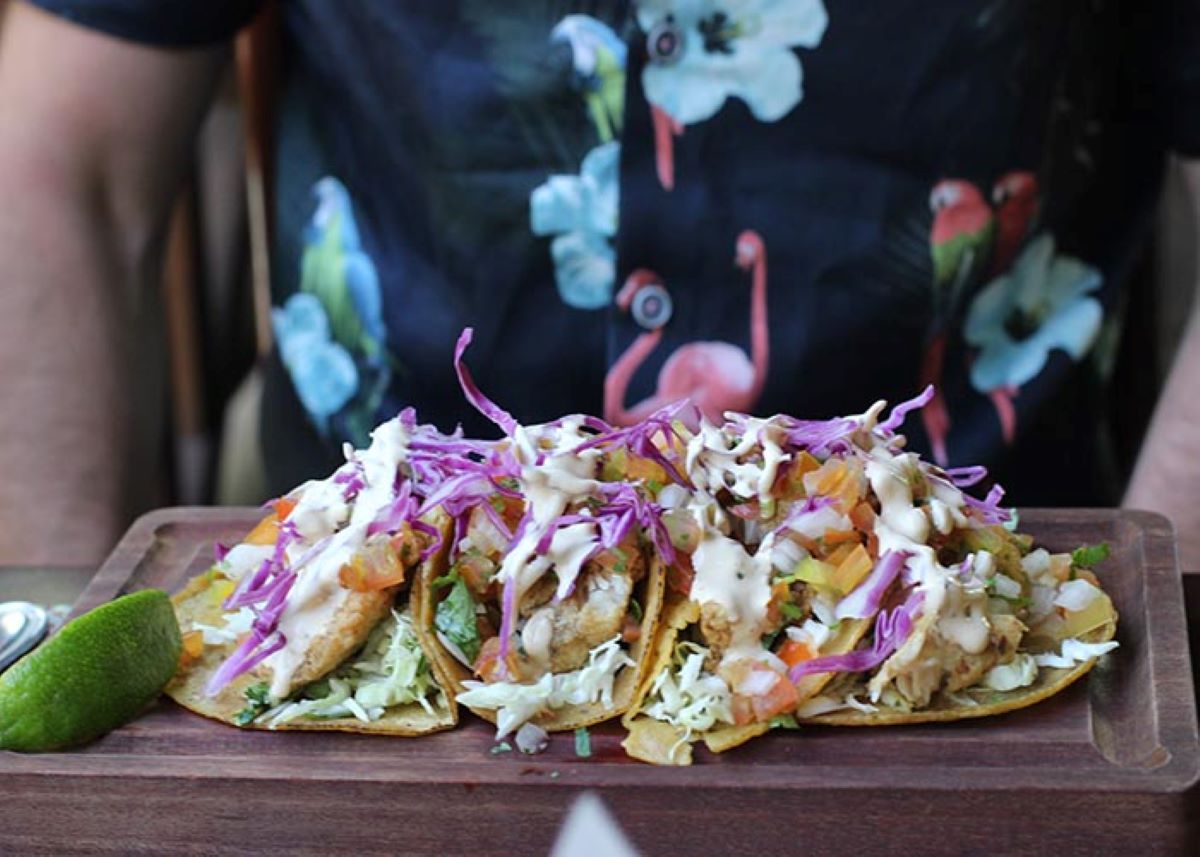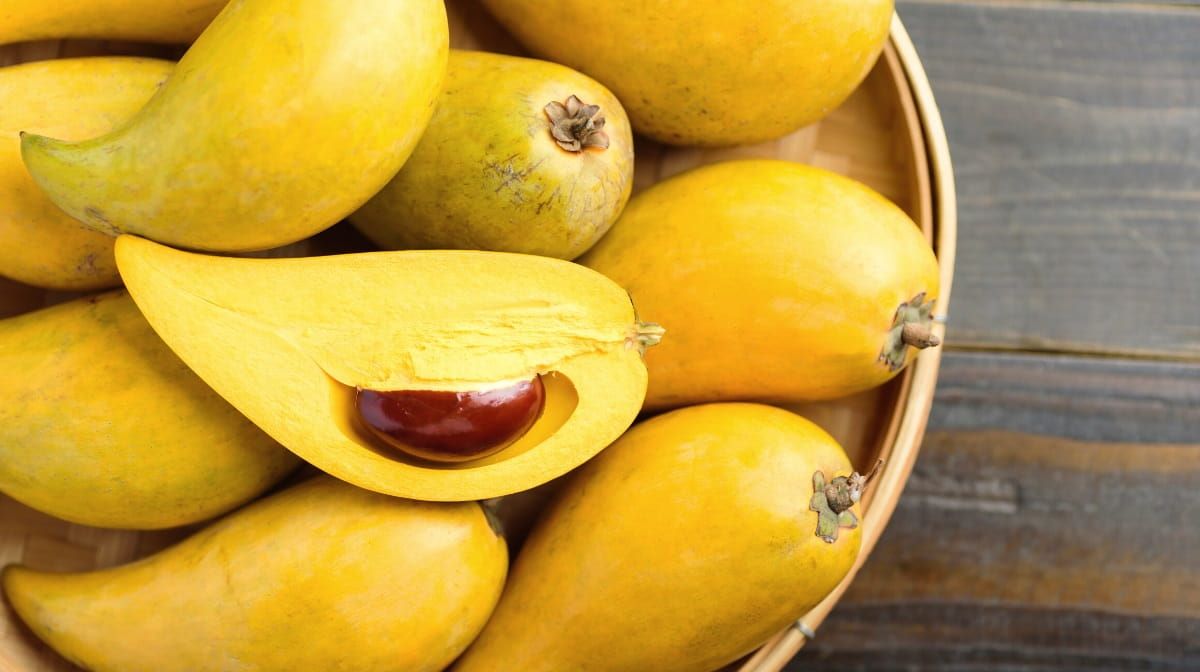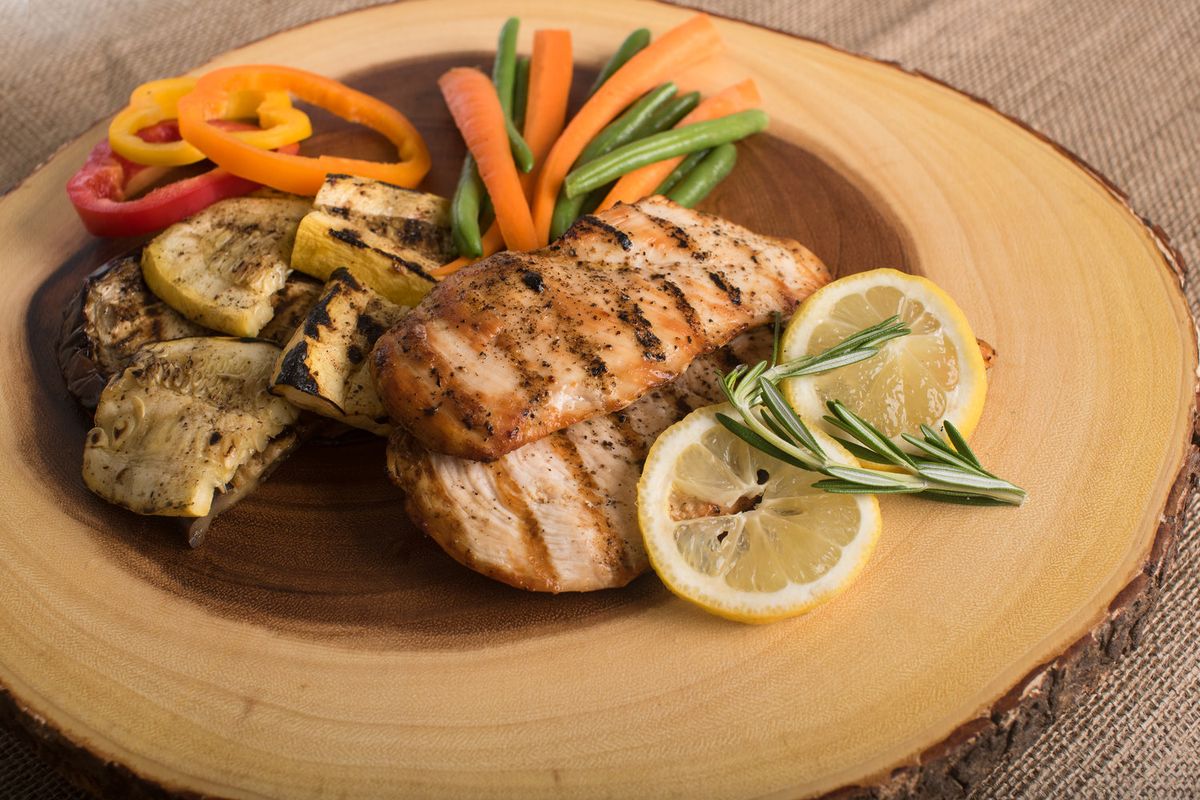Discover the Delicious and Nutritious World of Dandelions
When you think of dandelions, you might picture a pesky weed taking over your lawn. But did you know that dandelions are not only edible but also packed with nutrients? In fact, dandelions have been used for centuries as a food source and herbal remedy. Let’s explore the various ways you can incorporate dandelions into your diet and reap their many benefits.
Harvesting Dandelions
Before you start adding dandelions to your meals, it’s important to know how to properly harvest them. Look for dandelions in areas that have not been treated with pesticides or other chemicals. The best time to harvest dandelion greens is in the early spring when they are young and tender. Be sure to wash the greens thoroughly before using them in your recipes.
Delicious Dandelion Recipes
Now that you have your freshly harvested dandelion greens, it’s time to get creative in the kitchen. Here are a few delicious ways to enjoy dandelions:
- Dandelion Salad: Mix dandelion greens with other fresh salad ingredients like tomatoes, cucumbers, and a light vinaigrette dressing for a refreshing and nutritious salad.
- Dandelion Pesto: Blend dandelion greens, garlic, pine nuts, olive oil, and Parmesan cheese to create a unique and flavorful pesto sauce. Serve it over pasta or as a spread on crusty bread.
- Dandelion Smoothie: Add dandelion greens to your favorite fruit smoothie for an added boost of vitamins and minerals. The slightly bitter taste of dandelions pairs well with sweet fruits like bananas and berries.
The Health Benefits of Dandelions
Not only are dandelions delicious, but they also offer a wide range of health benefits. Dandelion greens are rich in vitamins A, C, and K, as well as minerals like iron, calcium, and potassium. They are also a good source of fiber and antioxidants, which can help support a healthy immune system and promote overall well-being.
Additionally, dandelion greens have been used in traditional medicine to support digestion, liver health, and even as a natural diuretic. By incorporating dandelions into your diet, you can take advantage of these potential health benefits.
Exploring Dandelion Roots and Flowers
While dandelion greens are the most commonly consumed part of the plant, the roots and flowers also have their own unique uses. Dandelion roots can be roasted and ground to make a coffee substitute, offering a rich and earthy flavor without the caffeine. Dandelion flowers can be used to make a fragrant and flavorful dandelion wine or infused into honey for a sweet and floral twist.
Conclusion
Next time you spot dandelions in your yard, don’t be so quick to dismiss them as weeds. Embrace the culinary and nutritional potential of dandelions by incorporating them into your meals. Whether you enjoy them in a salad, pesto, smoothie, or explore their roots and flowers, dandelions offer a unique and healthful addition to your diet. So go ahead, give dandelions a try and discover the delicious and nutritious world of this humble plant.
